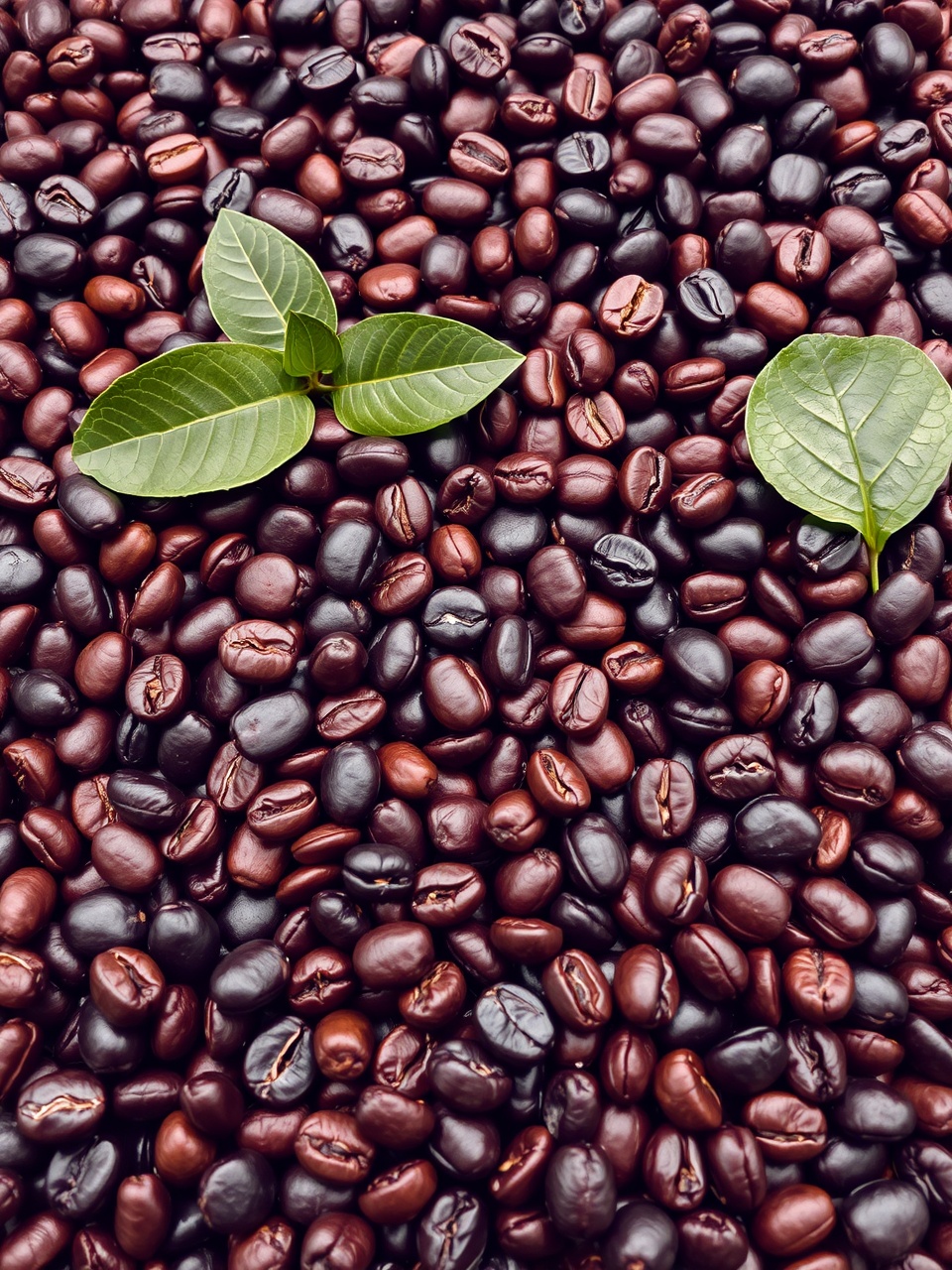Coffee beans are actually the seeds of the Coffea plant's fruit, commonly called coffee cherries. The history of coffee dates back to 9th century Ethiopia, where legend says a goat herder named Kaldi noticed his goats became energetic after eating berries from a certain tree. By the 15th century, coffee was being cultivated in Yemen and consumed throughout the Arabian peninsula.
There are over 120 species of Coffea, but only two dominate global production:
- Coffea arabica: Accounts for 60-70% of world production, known for its superior flavor
- Coffea canephora (Robusta): Hardier plant with higher caffeine content but more bitter taste
- Coffea liberica: Rare variety with distinctive floral and fruity aroma
- Coffea excelsa: Recently reclassified as a Liberica variety, used mainly in blends
Today, coffee is the world's second most traded commodity after petroleum, with over 2.25 billion cups consumed daily worldwide.






